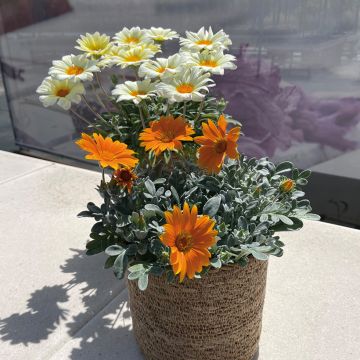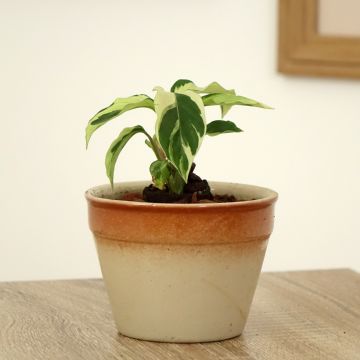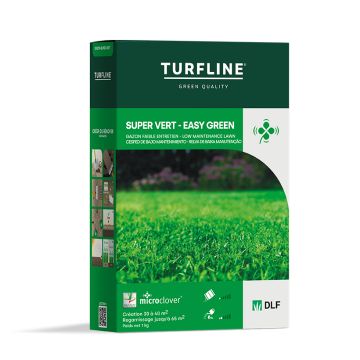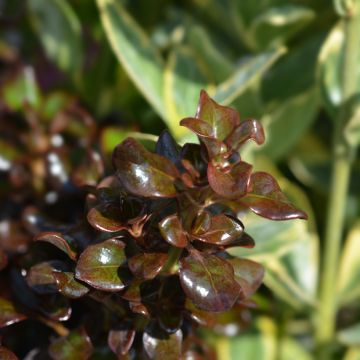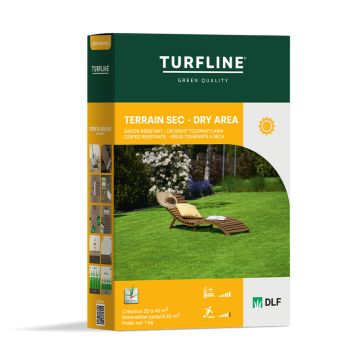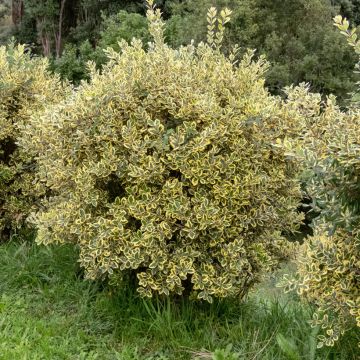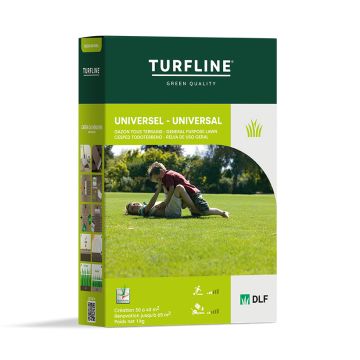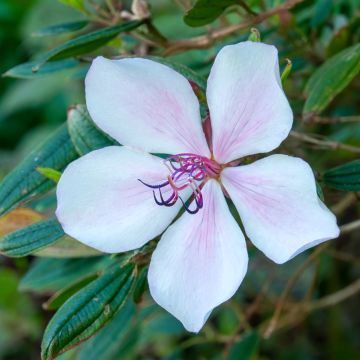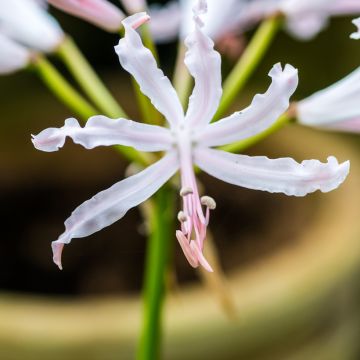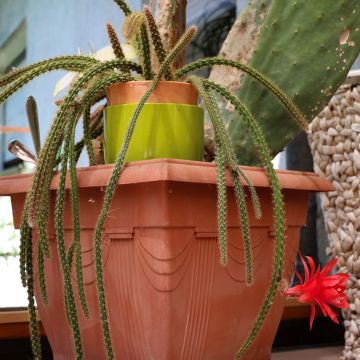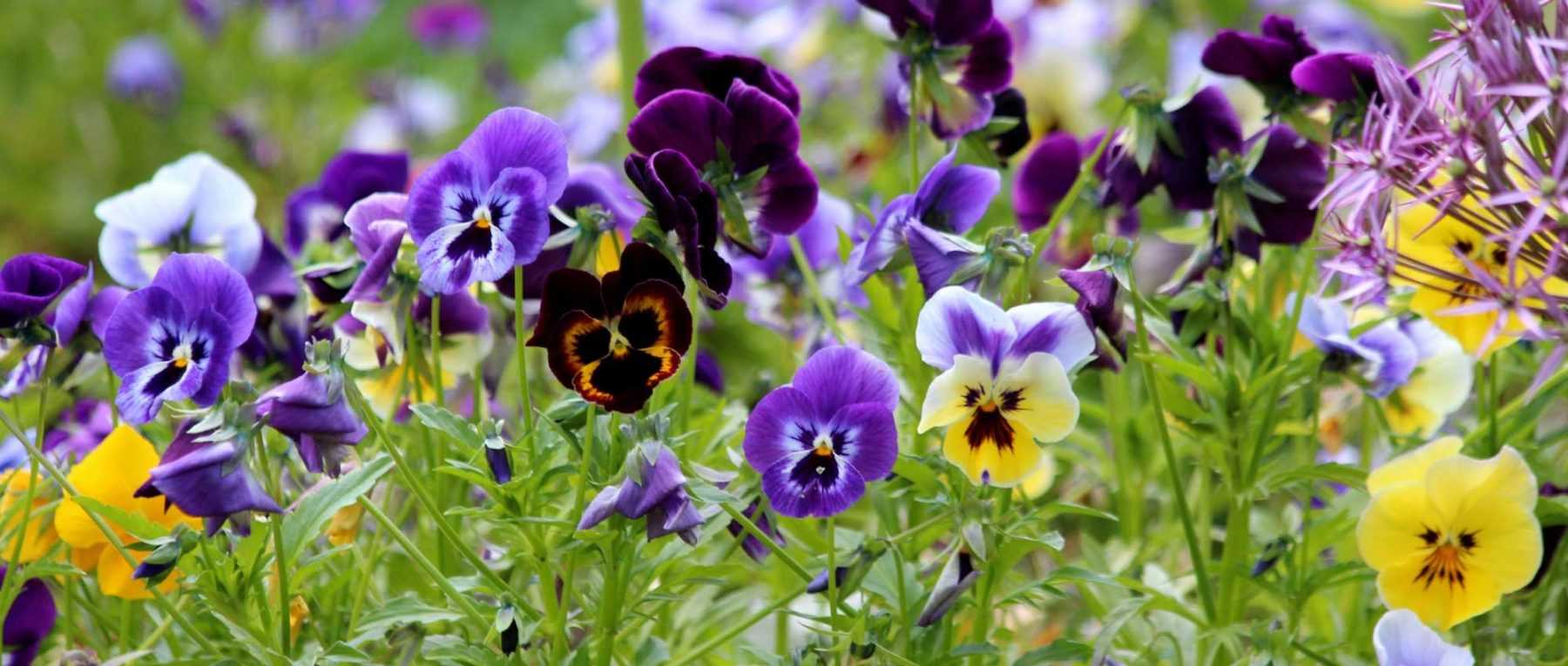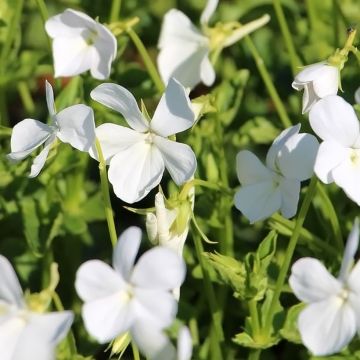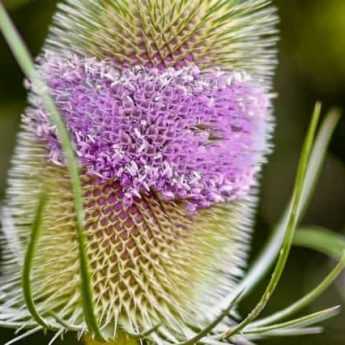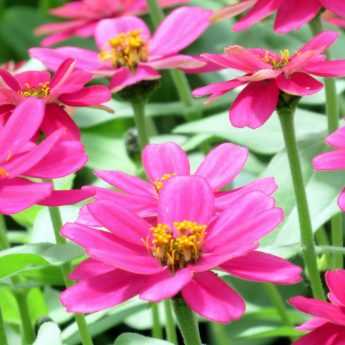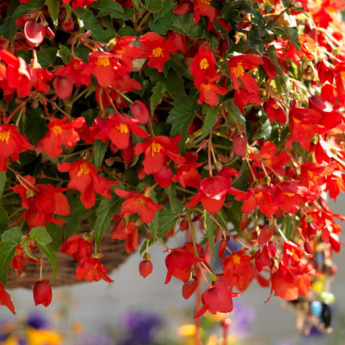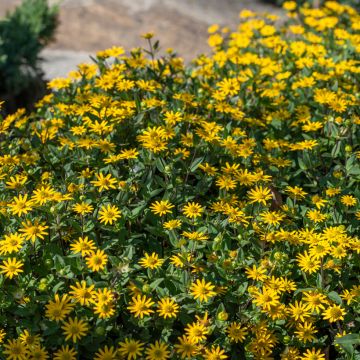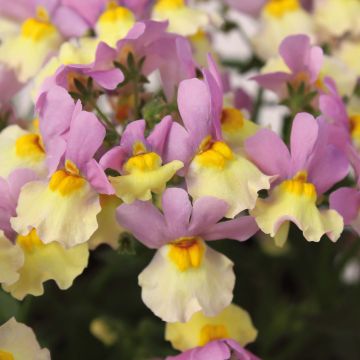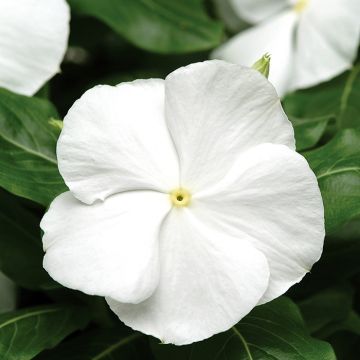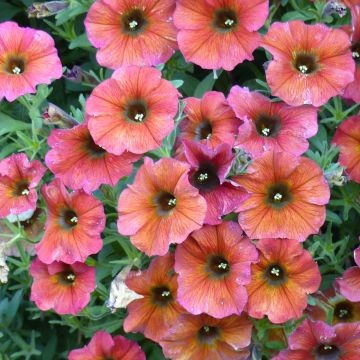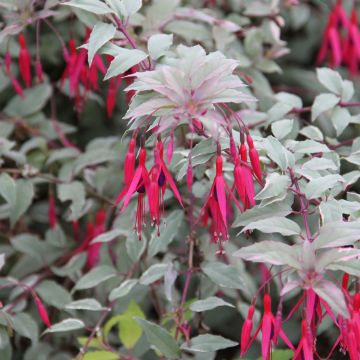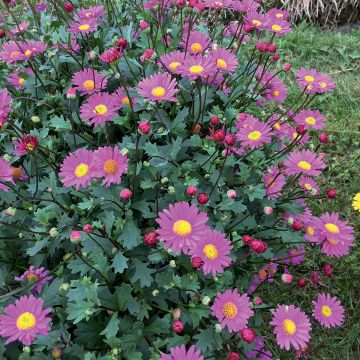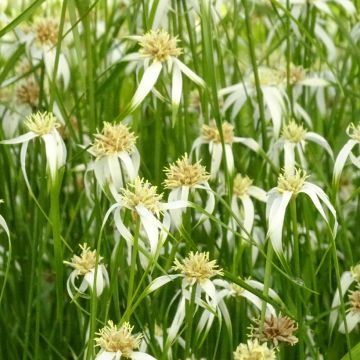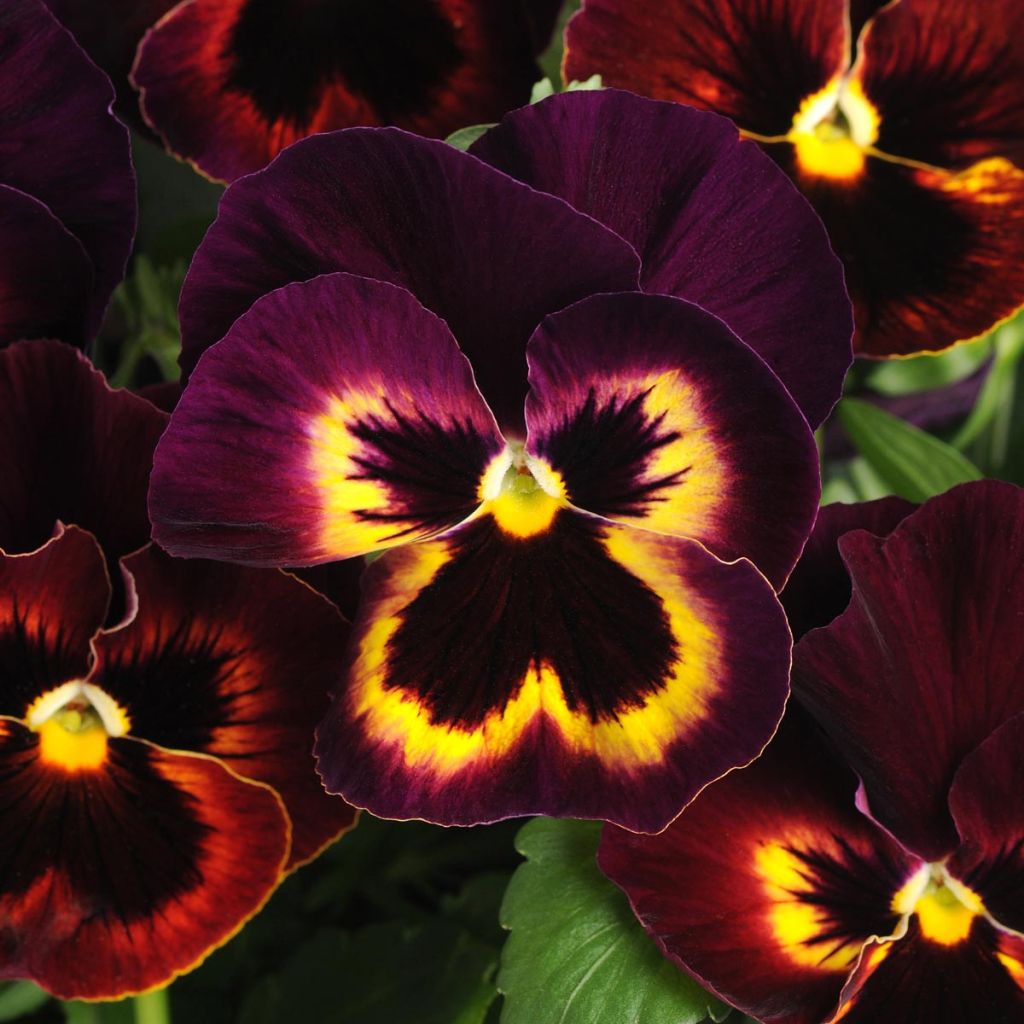

Pensée à Fleurs Moyennes Matrix Sangria - Viola hybrida Matrix F1
Viola hybrida Matrix F1 Sangria - Pansy
Viola hybrida Matrix F1 Sangria
Garden Pansy
Why not try an alternative variety in stock?
View all →This plant carries a 6 months recovery warranty
More information
We guarantee the quality of our plants for a full growing cycle, and will replace at our expense any plant that fails to recover under normal climatic and planting conditions.
From €7.90 for pickup delivery and €6.90 for home delivery
Express home delivery from €8.90.
Does this plant fit my garden?
Set up your Plantfit profile →
Description
Viola Matrix F1 'Sangria' is a hybrid pansy that bears sumptuous flowers in a rich and beautifully contrasted colour. The medium-sized flowers are dark red to plum, illuminated by a bright yellow halo with black macules at the base of the petals. They bloom for a long time, bringing warmth to borders and containers, even in bad weather. The plants are compact and floriferous. They are resistant to cold, diseases, and heat. This variety recovers well in spring and does not bolt with the first heat, ensuring a long and high-quality flowering. It is easy to grow in humus-bearing moist soil, in a sunny or semi-shaded exposure.
Garden pansies, sometimes called Swiss giant pansies, are hybrids grouped under Viola x wittrockiana. They belong to the Violaceae family and are most often grown as annuals or biennials, although they are theoretically short-lived perennials. This variety is a ramified plant that quickly forms compact clumps with a slightly spreading habit, reaching 15cm (6in) in height and 20cm (8in) in width. It blooms from late winter to late spring, or from late spring to late summer. It produces fully open medium-sized flowers with a velvety texture, in an unfathomable red colour with a shining golden glow, pierced by a tiny golden yellow heart. The medium green leaves are elliptical and widely crenate.
Pansies are wonderful in the garden, but they also work beautifully in a pot on a windowsill to be enjoyed up close. They look perfect alongside primroses, wallflowers, grape hyacinths, and daisies. They even work well with grasses like Japanese sedge for a sculptural effect in a contemporary style. Combine them with heucheras and tulips. The bluish-green of glaucous fescues also highlights them well.
Pansy petals are edible, and their colours will bring a touch of originality to salads and pastries. For this use, think of growing them as you would grow your vegetables, in the most natural way possible.
Please be aware that our plug plants are professional products intended for experienced gardeners. Upon receipt, transplant them as soon as possible in pots and containers, or directly in flower beds.
Flowering
Foliage
Plant habit
Botanical data
Viola
hybrida
Matrix F1 Sangria
Violaceae
Garden Pansy
Cultivar or hybrid
Other Pansies and violas
View all →Planting and care
Pansies thrive in humus-rich, neutral to acidic, moist and fertile soil. A quality horticultural compost will be very suitable. They appreciate a sunny or semi-shaded exposure. They are fast-growing and produce an abundance of blooms, making them hungry plants. They need to be fed with a liquid plant food for containers once or twice a week during the growth period. Water regularly but without excess. Regularly remove faded flowers to encourage new blooms.
Planting period
Intended location
Care
Planting & care advice
Plug plants - Annuals
Haven't found what you were looking for?
Hardiness is the lowest winter temperature a plant can endure without suffering serious damage or even dying. However, hardiness is affected by location (a sheltered area, such as a patio), protection (winter cover) and soil type (hardiness is improved by well-drained soil).

Photo Sharing Terms & Conditions
In order to encourage gardeners to interact and share their experiences, Promesse de fleurs offers various media enabling content to be uploaded onto its Site - in particular via the ‘Photo sharing’ module.
The User agrees to refrain from:
- Posting any content that is illegal, prejudicial, insulting, racist, inciteful to hatred, revisionist, contrary to public decency, that infringes on privacy or on the privacy rights of third parties, in particular the publicity rights of persons and goods, intellectual property rights, or the right to privacy.
- Submitting content on behalf of a third party;
- Impersonate the identity of a third party and/or publish any personal information about a third party;
In general, the User undertakes to refrain from any unethical behaviour.
All Content (in particular text, comments, files, images, photos, videos, creative works, etc.), which may be subject to property or intellectual property rights, image or other private rights, shall remain the property of the User, subject to the limited rights granted by the terms of the licence granted by Promesse de fleurs as stated below. Users are at liberty to publish or not to publish such Content on the Site, notably via the ‘Photo Sharing’ facility, and accept that this Content shall be made public and freely accessible, notably on the Internet.
Users further acknowledge, undertake to have ,and guarantee that they hold all necessary rights and permissions to publish such material on the Site, in particular with regard to the legislation in force pertaining to any privacy, property, intellectual property, image, or contractual rights, or rights of any other nature. By publishing such Content on the Site, Users acknowledge accepting full liability as publishers of the Content within the meaning of the law, and grant Promesse de fleurs, free of charge, an inclusive, worldwide licence for the said Content for the entire duration of its publication, including all reproduction, representation, up/downloading, displaying, performing, transmission, and storage rights.
Users also grant permission for their name to be linked to the Content and accept that this link may not always be made available.
By engaging in posting material, Users consent to their Content becoming automatically accessible on the Internet, in particular on other sites and/or blogs and/or web pages of the Promesse de fleurs site, including in particular social pages and the Promesse de fleurs catalogue.
Users may secure the removal of entrusted content free of charge by issuing a simple request via our contact form.

































